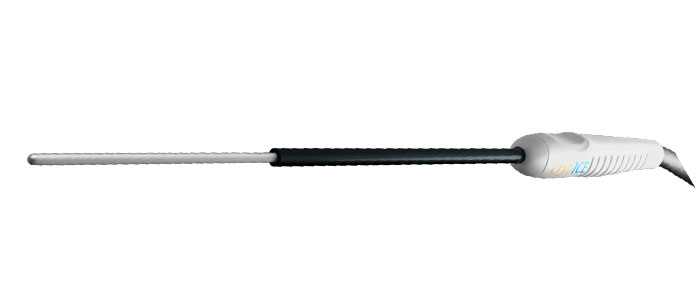Product Features
- Smooth Probe Surface
- Malleable Shaft
- 10 cm Freeze Length
- Nitrous Oxide

cryoICE probe is quick to achieve therapeutic temperatures and maintains a consistent temperature along the probe.
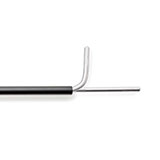
Innovative Ergonomics
Features a retractable and ergonomic handle that can adjust to multiple hand positions with flexible tube to allow a tight bending radius.
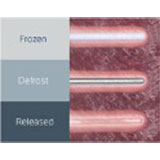
Active Release
Allows tissue to remain frozen after the probe is removed, and then thaws without aid.
cryoICE Cryoablation Probes
CRYO3
- 10 cm Freeze Length
- 25% less bend force needed to shape versus CRYO2
CRYO2
- 10 cm Freeze Length
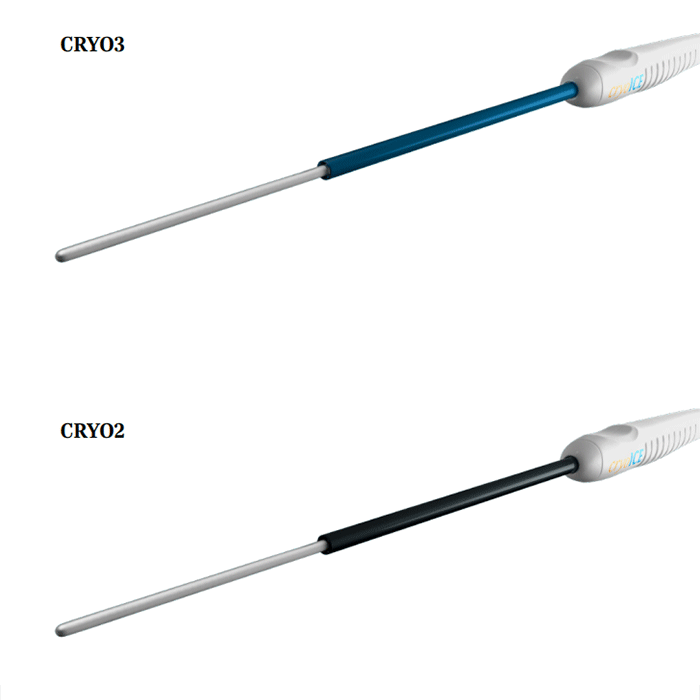
cryoICE BOX - V6
ACM1 (US)
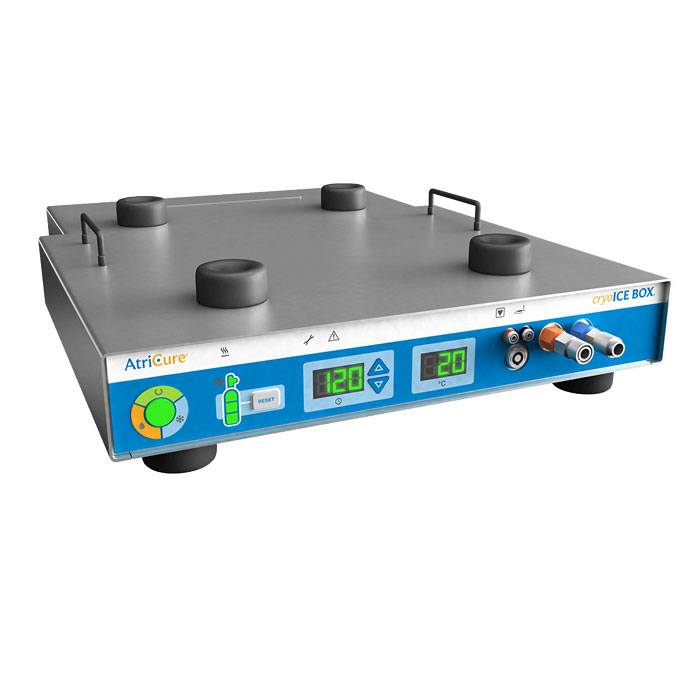
PM-US-0199D-0626-G
AtriCure’s cryoICE cryoablation probe is indicated for use in the cryosurgical treatment of cardiac arrhythmias. The probe freezes target tissues, creating an inflammatory response (cryonecrosis) that blocks the electrical conduction pathway.
For Adult Patients
AtriCure’s Cryo2 cryoICE cryoablation probes are sterile, single use devices intended for use in the cryosurgical treatment of cardiac arrhythmias by freezing target tissues, creating an inflammatory response (cryonecrosis) that blocks the electrical conduction pathway.
The Cryo2 cryoICE cryo-ablation probes are also intended for use to temporarily block pain by ablating peripheral nerves.
For Adolescent Patients
The Cryo2 cryoICE cryo-ablation probes are intended for use to temporarily block pain by ablating intercostal nerves under direct visualization* in adolescent patients of at least 12 years of age.
(1) Direct visualization, in this context, requires that the surgeon is able to see the targeted tissue for cryoablation directly or with assistance from a camera, endoscope or other similar optical technology.

